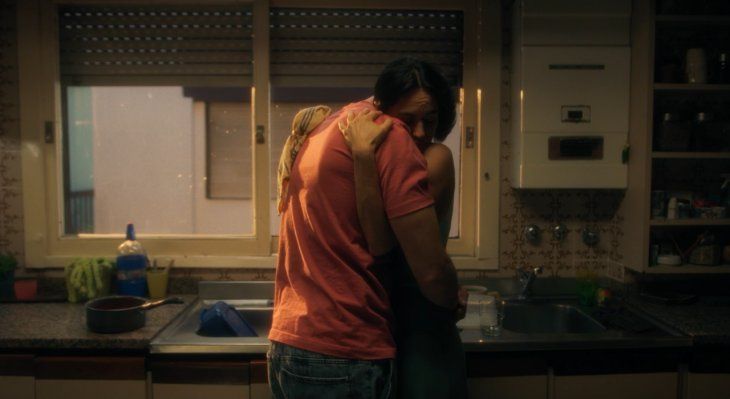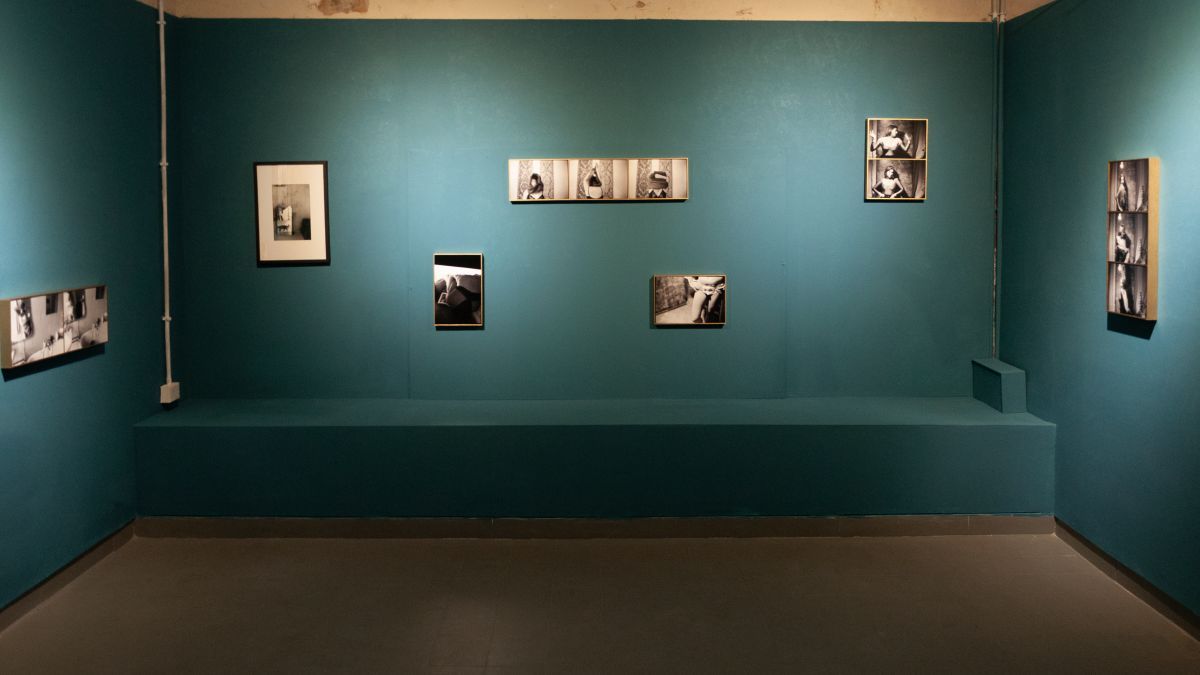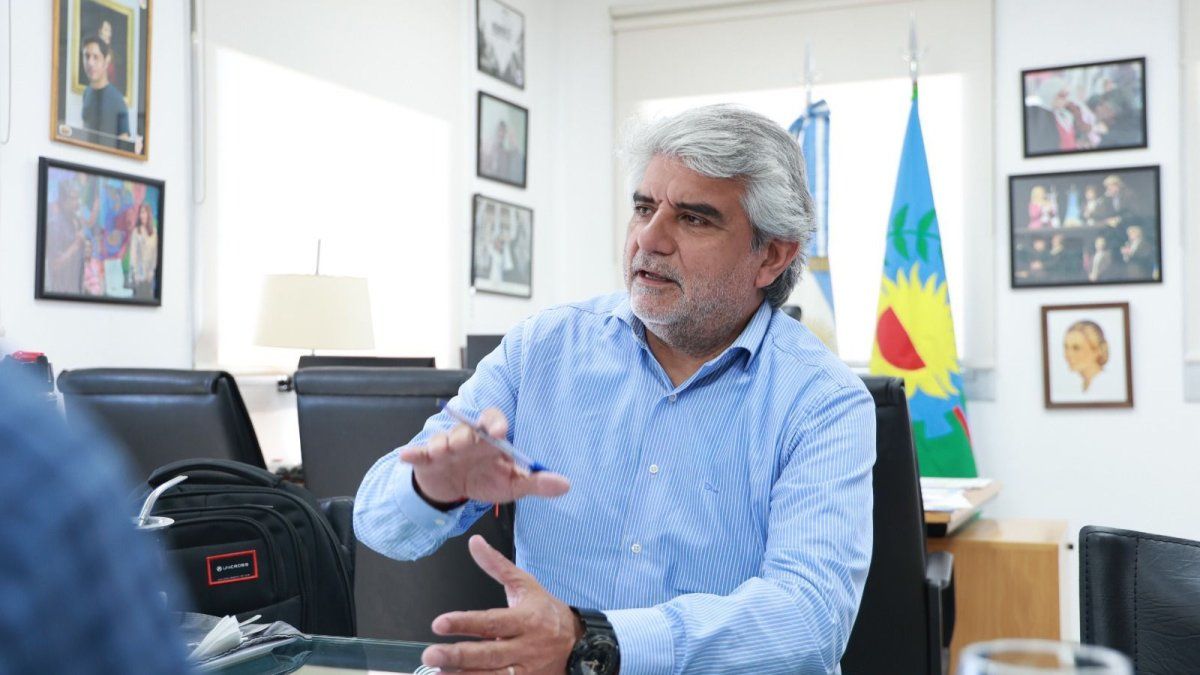The Incaa in the Milei era
INCAA was created in 1947 by the Cinema Law to promote and regulate the country’s cinematographic activity Through different mechanisms, such as the screen share, which in the new management suffered modifications. Before, a national film should be screened per room, in all its functions and at least one week for each quarter of the year. However, now cinemas with more than eight screens must occupy 6% of their programming with national films and those that have less than eight screens, the percentage drops to 4%. To fulfill this, the Selected films should be displayed in two daily functions during central hours Throughout the week. While, in cities with less than 100,000 inhabitants, a daily function will be sufficient at the same time.
“The President of the INCA will set the national film and short film films screen share that must meet the rooms and other exhibition places in the country, being able to segment the quota on the basis of the characteristics of the rooms achieved ”, details Decree 662/2024 published in the Official Gazette. The “Medium of continuity”, which guaranteed continuity on the screen if it reached a minimum of spectators, was eliminated. Today the decision is in the hands of Pirovano.
Carlos Pirovano.png
Carlos Pirovano, head of INCAA since March 2024.
INCAA
On the other hand, the agency encourages activity through commissions. One of them is the Classification Committee of finished films which gives subsidies to productions already finished. It evaluates and classifies them to guarantee the correct exhibition of the film. However, The main commission of the INCAA was always the prequalification, the same one that Pirovano decided to end. This was in charge of financing audiovisual projects to have the necessary resources and thus start filming.
Last April 15, The National Audiovisual Space (EAN) presented a balance of the first year of Pirovano management. “It has become the only president of INCAA to have the historical record of zero Argentine films approved during his management ”exposes the report. Pirovano denied the facts And he assured that they had approved 236 films, without specifying that they had previously received a subsidy through the committee that he dissolved.
Before it was necessary to present a folder with all the details of the film and achieve an approval of the Committee to receive a subsidy. Now, it is viable to receive support only with the film already finished. But Is it possible to make movies in this way? On the other hand, the entity offers bank loans and microcredits, money that has to be returned later.
Make films without the Incaa
“The only filming that there are those that have streaming platforms financing and some that in previous efforts achieved abroad support and ran out of the Argentine. So, a film that was going to be national was transformed into a mostly European, but that is filmed in the country, ”explains the director Juan Schnitman, who also integrates the Committee of Finished Movies. From his role, he affirms that So far they approved productions of “previous efforts and are only room subsidies”, money that the body puts for each entry sold. So, it is only profitable for films that have an important box office expectation, something that is increasingly complicated. For example, in 2024 the only film to exceed 100 thousand spectators was “El Jockey” by Luis Ortega and this year “Mazel Tov” by Adrián Suar was able to reach 300 thousand.
In this context, “Guerrillas cinema” appears, an alternative that is characterized by low budgets and the use of any available resource, location and equipment. A cinema more similar to the one that was done at times where to access promotion seemed impossible. “As a spectator one also demands another type of cinema,” says director Maximiliano Acosta, Since the reality is that, even if it is valuable productions, the public does not cease to have pretensions.
Maximiliano Acosta is not only considered demanding as a spectator, but also as a documentary filmmaker. Last year, “Saint Pugliese” premiereda documentary about the Argentine pianist who Not only was he chosen as the best of INCAA, but he had also received subsidies through the prequalification committee. “Without this support, the result was not going to be like the one achieved, neither in aesthetic or audience terms”The director argues that state financing is not only economic matters. “The movie begins and there is the seal of the INCAA, Neither more nor less than the Argentine flag. It has a very large weight globally and already gives it a status. And, in addition, the agency also disseminates nationwide, ”explains the director. “Saint Pugliese” managed to spend a month on the Gaumont billboard, one of the INCAA spaces.
“The institute does not have to save money, it has to spend because that is its only mission,” says Juan Schnitman. Since Pirovano is in charge of the organism, its cut plan also consisted of fire 500 employees.
In its latest measures, INCAA opened a multiplatform audiovisual contest. “Does your creativity explode in Tiktok, Instagram, Spotify, YouTube, Twitch and more? If you are between 18 and 28 years old and want to take your creativity to the next level, this is your call ”, proposes the entity. Pirovano decides to prioritize content creators, while the film industry is mostly paralyzed.
Embed – Inaa on Instagram: “Attention, creators of content! Does your creativity explode in Tiktok, Instagram, Spotify, YouTube, Twitch and more? The INCAA launches“ INCAA impulsa ”, bringing to Argentina the innovative spirit of Malaga’s hack. If you are between 18 and 28 years old and want to take your creativity to the next level, this is your call. Selected for their creative challenges to live an epic experience we take you to the 40th International Film Festival of Mar del Plata for the creative final … and you can win a trip to the @FestivalMalaga! opportunities, this is yours! “
The absence of Argentine cinema just begins
In 2024, Argentine cinema had one of the lowest market quotas registered. But this decrease was also reflected in the Little participation of films in national and international festivals. “We have had first Oscar winners, prizes at important festivals and not because Argentine cinema is touched by a magical wand, but because We do a lot and there is a part of that much that is good “Subjects director Juan Schnitman.
“The short one generated an impact on the absence of other films that are usually in Cannes,” Juan Ignacio Ceballos, director of “Tres”, explains the only national audiovisual production present at the emblematic French festival.
Three cannes.png

The “Tres” team at the Cannes International Film Festival.
In April the Buenos Aires International Festival of Independent Film (BAFICI) took place, Where 290 films, there were 116 nationals. However, these are productions that were filmed in previous years, When Pirovano was not in charge of the INCAA and there was still the prequalification committee and the historic screen share. “What will happen in 2027 or 2028 with Argentine cinema? What kind of Argentine cinema will there be?” Asked Juan Schnitman.
The future of Argentine cinema
“Of all the items in which the actors and actresses perform, the cinema occupies the last place. Being a country that knew how to carry out later 200 cinematographic productions a year, this data for me is particularly painful, ”says actress Guadalupe Docampo, who is part of the Sagai Board of Directors.
Sagai.png Board of Directors

Guadalupe Docampo, one of the members of the Sagai Board of Directors.
Sagai
“When INCAA does not work, we are all losing money. It is a lot of money that the State injects into the real economy, which is distributed. Making movies means touching thousands of people in each production that receive that money ”explains the member of the Committee of Finished Movies, Juan Schnitman. Weeks ago, the director premiered in the Bafici his new film “Our part of the world”, which on May 29 reaches the country’s halls. However, he is worried because You can try “your last movie or at least in a long time.”
Our part of the world of Juan Schnitman.png

“Our part of the world”, Juan Schnitman’s new movie
Although to Documer Maximiliano Acosta It is difficult for him to see the half -full glass, he considers that Argentine cinema will continue to film: “I’m going to continue, I have camera and teams, so we’ll go roll.” Director Juan Ignacio Ceballos coincides with thissince perceives that “Those who have the possibility of filming are doing it because there is also eager not to let this fall.”
The state, which for many years supported Argentine cinema, today released his hand. A INAA that does not grant subsidies or guarantees the exhibition of films, is one that does not encourage cinematographic activity, but Isn’t it the organism’s main task? The rebirth of economic alternatives, such as “guerrilla cinema,” proves that the possible to survive is being made. However, How much can you endure? Those who can continue to film. Those who do not keep their role as spectators as long as the films are on the billboard.
Since the power arrived, Javier Milei made cuts in the INCAA. His management with Carlos Pirovano on the front It became the first with “zero approved films.” The film industry, which was born on May 23, 1909 and managed to stand out both in the country and in the world, today is going through a scenario of uncertainty. It is not the first crisis that is going through, but will it be the last?
Source: Ambito
I am an author and journalist who has worked in the entertainment industry for over a decade. I currently work as a news editor at a major news website, and my focus is on covering the latest trends in entertainment. I also write occasional pieces for other outlets, and have authored two books about the entertainment industry.




